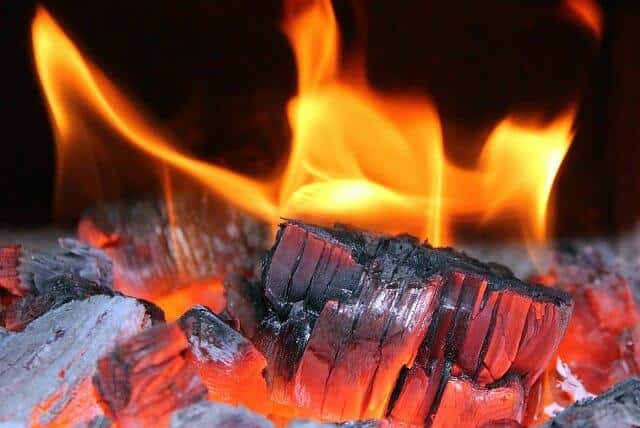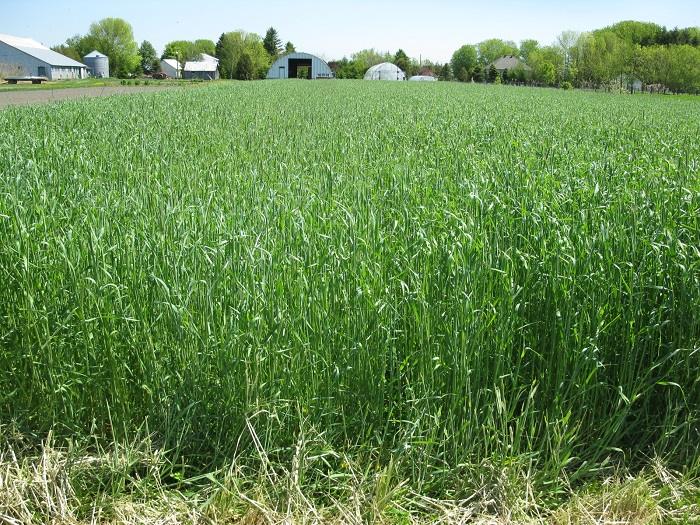
People have been using wood ash for as long as they have been building fires. From writing, to making soap, wood ash can be an invaluable staple to have on the homestead.
What is wood ash? Also referred to as pot ash, wood ash is the leftover byproduct from burning wood, not to be confused with coal ash.
Some common uses you’ve probably heard of for wood ash are:
- Garden pest deterrent
- Dust bath for chickens
- Ice and snow melter
- As part of compost
The Not So Common
One cord of wood can produce an amazing amount of ash, roughly 20 pounds! This is a great resource that is readily available for FREE! If you are living off-grid or in the wilderness, you can harvest it anywhere that you can build a fire.
No. 5 Uncommon Use for Wood Ash: Pottery
Used for pottery glaze since 1500 B.C., wood ash provides a beautiful dark brown to green color.
“The Big Book Of Off The Grid Secrets” — Every Homesteader Needs A Copy!
From the University of Pennsylvania:
“Ash glaze, as the name suggests, is a glaze derived from ashes. The earliest such glazes can be traced back to the Shang period in China (c. 1500 B.C.), and it is thought they were produced accidentally, the result of white-hot wood ash being carried through the kiln with the draft of the fire and settling onto the pots, where the searing white heat melted it to a glass. Three thousand years later, wood ash remains an important and immensely popular feature of pottery glaze making.”
No. 4 Uncommon Use For Wood Ash: Teeth Whitening
Much like using activated charcoal to whiten teeth, wood ash contains potassium hydroxide (KOH) that aids in teeth whitening. Simply mix it with water to form a paste.
Please use caution: It is not advised to use wood ash too often, as it is abrasive and can damage the enamel on your teeth.
No. 3 Uncommon Use For Wood Ash: Cleaning Dishes
Since wood ash has the chemical properties to aid as a cleaning agent, it can be used to clean other things, like windows and dishes. I have used it to clean the glass on my wood stove — and it worked amazingly well. Just a little water, ash, newspaper and elbow grease does the trick.
No. 2 Uncommon Use For Wood Ash: Construction
While watching an off-grid YouTube video, I saw a man mix wood ash with clay and moss to add chinking to his log home. Of course, I had to research this technique further. In my research I found a website that specialized in log homes and mentioned that “for a historic restoration with chinking, keep a supply of ashes, silt and clay.”
No. 1 Uncommon Use For Wood Ash: Wounds
This is the most unusual use for wood ash that I found during my research. Many natural remedies have very little scientific evidence behind them, but this one does. In a controlled study, wood ash in comparison to Neosporin (Polymyxin B Bacitracin Zinc ointment), did better at healing wounds. According to the study:
“Since the earliest times in the history of human kind the traditional unscientific and unproven clinical trials of different types of mixtures have been used successfully. This recommends developing a trust in the healing power of nature.”
What uses for wood ash have you discovered? Share your tips in the section below:









